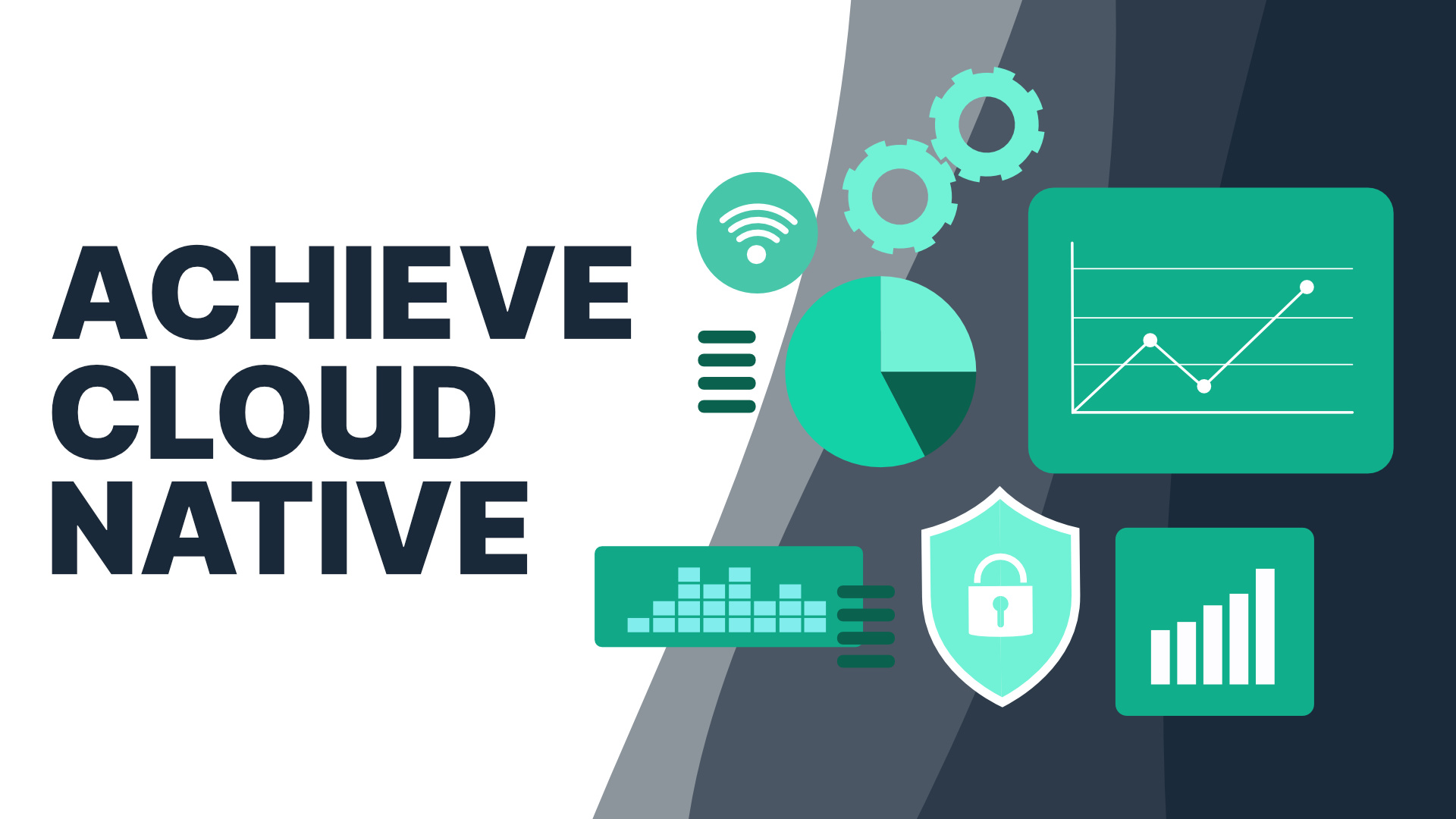
If you want to see one of the biggest ways you can start moving to Cloud Native, read our free, 28-page whitepaper here.
The technology space across all aspects is rapidly changing, and the concept of Cloud Native has gained substantial attention, offering organizations the potential to optimize their operations, enhance security, and streamline user experiences. While the idea of Cloud Native isn't new, it has undergone significant transformation, particularly from a Windows perspective. Rimo3 field CTO James Graham has built an incredibly resource with his 28-page whitepaper “The journey to Fully Cloud Native Windows Endpoint Management” which you can download for free on the Rimo3 website. While reading the whitepaper, I had some key highlights I wanted to tease out.
The Evolution of Cloud Native Windows Management
As early as 2017, Microsoft was engaging with customers about the concept of Cloud Native Windows management. Back then, the complexities of relying on custom images and the emergence of new technologies (like Windows Autopilot and Microsoft Intune) brought both excitement and challenges. The transition from traditional on-prem Windows management to Cloud Native was a considerable leap, especially for those still adapting to Windows as a Service on Windows 10.
To facilitate this transition, Microsoft introduced co-management, offering a bridge between Configuration Manager and Microsoft Intune. This allowed organizations to shift workloads at their own pace, ensuring a smooth migration without compromising existing processes. Additionally, the Cloud Management Gateway (CMG) was introduced, enabling remote device management without the need for a VPN connection. This marked the beginning of a journey toward Cloud Native Windows management.
The Building Blocks of Cloud Native
Microsoft's journey toward Cloud Native Windows Endpoint Management has revolved around three key strategies:
- Cloud Management Gateway (CMG): Deployed as a cloud service in Azure, the CMG extended Configuration Manager's reach to internet-connected devices, simplifying remote management without additional physical infrastructure. Azure AD-joined and Hybrid Azure AD-joined devices could be seamlessly managed.
- Tenant Attach: This approach linked Configuration Manager to Microsoft Intune, providing a unified console for managing Windows Endpoints. It allowed for the synchronization of device and user data, enabling organizations to leverage Intune's features while maintaining on-prem management.
- Co-management: Co-management introduced the concept of transitioning workloads from Configuration Manager to Intune gradually. Organizations could choose which workloads to manage through Intune, enabling a step-by-step transition while maintaining compatibility with existing processes.
Business Value of Cloud Native Windows Management
The benefits of Cloud Native Windows Endpoint Management are extensive:
- Cost Savings: Organizations can reduce costs associated with hosting and maintaining Configuration Manager infrastructure.
- Operational Efficiencies: Endpoint management becomes centralized, simplifying administrative tasks.
- Security Improvements: Role-based access controls and multifactor authentication enhance security measures.
- End User Experience: Enhanced self-service options lead to better user experiences.
The Application Challenge and Rimo3's Solution
While the journey to Cloud Native Windows management has made great strides, the challenge of migrating complex application estates has persisted. Microsoft's offerings have focused on meeting organizations where they are, but the complexities of application migration remain. Enter Rimo3, a solution that addresses this crucial challenge.
Rimo3 provides an intelligent, cloud-hosted platform for modernizing and maintaining Windows application estates. It automates the entire process, from migration to ongoing maintenance, simplifying migrations and reducing the need for manual scripting or complex configurations.
---------
As organizations strive to achieve Cloud Native Windows Endpoint Management various challenges are encountered, with the most significant hurdle being application migration. Microsoft's strategies like CMG, Tenant Attach, and co-management have paved the way, but the need for automated application migration solutions such as Rimo3’s intelligent smoke testing (or automation) is becoming increasingly clear.
The journey to Cloud Native Windows management is ongoing, and its value is evident. By embracing these strategies and solutions, organizations can achieve operational efficiency, enhanced security, and improved user experiences. As the IT landscape continues to evolve, Cloud Native approaches will undoubtedly play a crucial role in shaping the future of endpoint management.
As organizations strive to achieve Cloud Native Windows Endpoint Management, they encounter various challenges, with application migration being a significant hurdle. Microsoft's strategies like CMG, Tenant Attach, and co-management have paved the way, but the need for automated application migration solutions like Rimo3 is becoming increasingly clear.
If you want to see one of the biggest ways you can start moving to Cloud Native, read our free whitepaper here.
